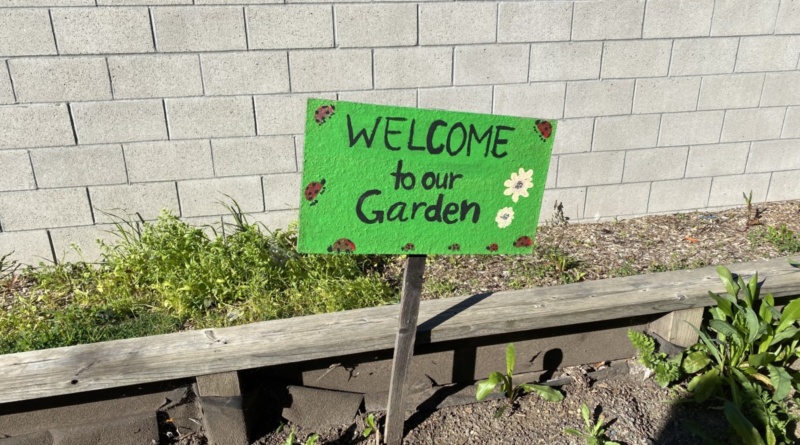OPINION: DHS could use more green space on campus
PHOTO: DHS has just three open green spaces and several areas for gardens that are not currently maintained.
By Genna Olavarri,
BlueDevilHUB.com Staff–
Walking from class to class, a DHS student is greeted predominantly by concrete, by metal lockers and by classrooms.
Like many schools in California, DHS has an open-air campus, with breezeways offering passage between classes. However, for having a primarily outdoor campus, there is a resounding lack of green space.
The DHS campus could benefit from having more green spaces to promote the well-being of students.
Urban green spaces can be defined as open areas of nature and plant life in otherwise developed zones.
Several studies have been performed that point to the cognitive and mental health-related benefits of urban green spaces.
In a study published in the International Journal of Environmental Research and Public Health, researchers found “that exposure to urban nature compared to urban built environments improved multiple measures of cognitive function or development, including attention or attentional capacity and working memory” (Kondo).
Senior and Climate Action Club member Eli Ziser has found that green spaces and the presence of nature helps him with his school work. “I would really like to have more (green spaces),” Ziser said. “I think it helps me think. It kind of calms me down.”
Similarly, a study of younger students from researchers at the Centre for Research in Environmental Epidemiology in Barcelona found that “School and total surrounding greenness index were associated with enhanced (12 month) progress in indicators of working memory and superior working memory and greater (12 month) reduction in inattentiveness” (Dadvand).
The biggest factor, the researchers found, was the amount of green space at schools.
Currently, there are three main green spaces on the DHS campus, one of which will soon be home to the new Career Technology Education building.
Many students eat lunch in that green space at the front of the school. While the CTE buildings will provide many educational opportunities for future students, the construction of the building will further limit the few green spaces on campus.
The grassy area and several trees will have to be removed to make way for the new building.
“That’s not cool. I definitely think that if they take any away, they should definitely try to replace it somewhere,” Ziser said.
Sophomore Jackie Oerding often sits in this area during lunch with her friends. “I don’t like that the trees are getting cut down, they’re nice trees,” Oerding said.
To find a green refuge, students can step off campus into the surrounding North Davis greenbelt. It does provide a helpful option for students looking to unwind during lunch, but relatively few students take advantage of it perhaps because of the walk over to the grassy areas. There should still be more green space on campus that is visible through classroom windows and during passing periods.
Many students appreciate green space and the campus could better accommodate that.
“That’s one of the main things I was looking at with colleges was areas with nice quads and nice green spaces,” senior Silke Pion said.
Because the campus was not originally planned with more green space in mind, huge changes could be unattainable.
The school understandably needs to balance costs of maintenance with the importance of green spaces.
“Obviously (green space) brightens up the campus and makes things more beautiful, but then again, there’s also the cost of maintaining it,” Ziser said.
At very least, certain unmaintained planter beds and high traffic “grassy” areas that get trampled could potentially have additional vegetation without a huge increase in cost.
With the addition of the CTE building, it would be reasonable for the school to aim to recover some green space somewhere else to give students the benefits of having a campus that physically promotes cognitive well-being as well as another place to eat lunch.




